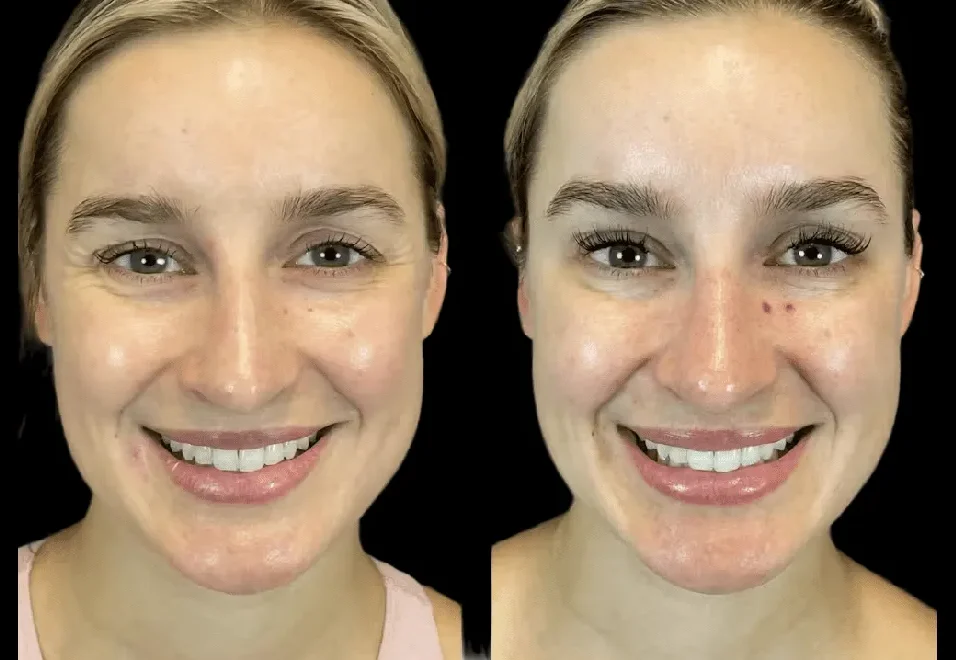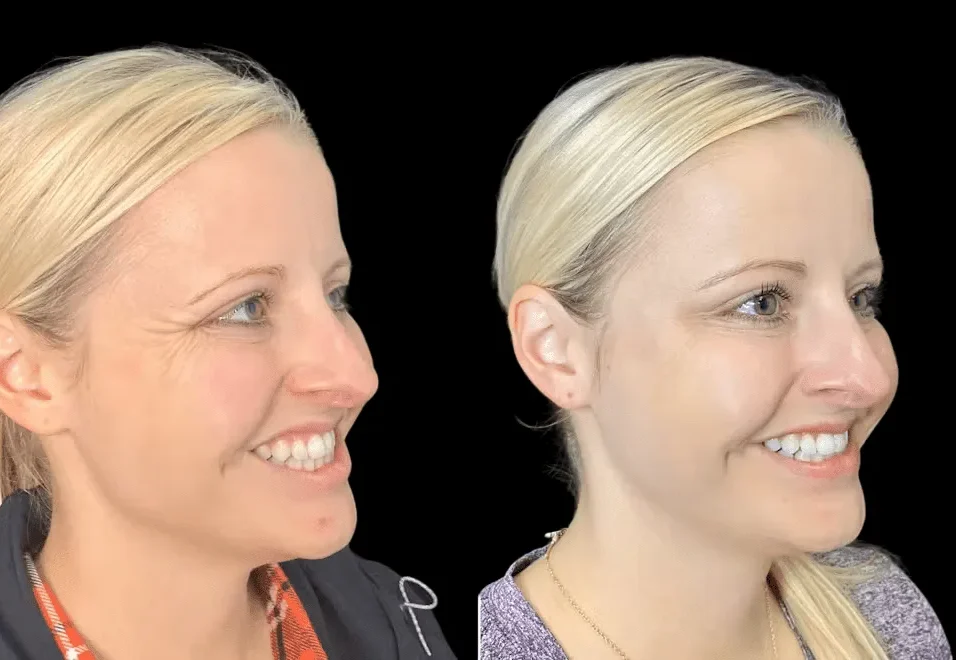Are Numbness and Tingling in the Legs a Vascular Concern?
Many people experience occasional numbness or tingling in their legs. Sometimes, it’s due to sitting too long or crossing your legs in one position. But when these symptoms become persistent or recurring, they might point to a deeper problem—possibly a vascular issue. This raises an important question: Are numbness and tingling in the legs a vascular concern?
The answer is yes, they can be. These sensations might signal compromised blood flow, which requires medical attention. In such cases, recognizing when to see a vascular doctor becomes crucial to prevent complications. Vascular specialists, or vein treatment doctors, are trained to identify and treat a range of circulatory system issues, helping patients restore healthy blood flow and avoid serious conditions like blood clots or chronic venous insufficiency.
What Causes Numbness and Tingling in the Legs?
Before jumping to conclusions, it’s important to know that numbness and tingling (also known as paresthesia) can stem from various causes. These include:
Do you want to visit Char Dham? Char Dham Travel Agent is the best place to plan your Char Dham tour. You can book the tour from here.
- Nerve compression (sciatica or herniated disc)
- Diabetes (leading to peripheral neuropathy)
- Vitamin deficiencies (like B12)
- Alcohol abuse
- Multiple sclerosis
- And yes—vascular issues
While nerve-related causes are common, vascular issues often go undiagnosed. If your numbness is accompanied by swelling, leg pain, skin discoloration, or visible veins, it’s time to think about your circulatory health. In many cases, vein treatment doctors are the specialists you need to consult for an accurate diagnosis.
How Does Poor Circulation Lead to Numbness and Tingling?
The vascular system is responsible for transporting blood, oxygen, and nutrients throughout your body. When blood vessels in your legs become narrow or blocked, this disrupts blood flow. As a result, nerves may not get the oxygen they need to function properly, leading to the sensation of numbness or tingling.
Common vascular conditions that may cause these symptoms include:
Would you like to visit Indiar? A tour operator in India is the best place to plan your tour. You can book a tour from here.
- Peripheral Artery Disease (PAD): Narrowed arteries reduce blood flow, especially during movement.
- Chronic Venous Insufficiency (CVI): Damaged veins fail to push blood back to the heart, leading to pooling in the legs.
- Deep Vein Thrombosis (DVT): A blood clot in a deep vein can cut off circulation and cause leg symptoms.
- Varicose Veins: Twisted, enlarged veins that impair circulation and create pressure around surrounding nerves.
When such issues are suspected, knowing when to see a vascular doctor can prevent long-term damage and improve your quality of life.
When to See a Vascular Doctor for Leg Numbness and Tingling?
You should consider seeing a vascular specialist if:
- Symptoms persist for more than a few days without improvement
- Tingling or numbness is accompanied by swelling or heaviness in the legs
- You notice varicose or spider veins on your legs
- Skin around the ankles looks discolored or ulcerated
- You experience leg cramps or pain while walking that subsides with rest (a PAD warning sign)
- You have a family history of vascular disease or blood clots
Vascular doctors specialize in both diagnosing and treating these conditions. Early intervention is the key, and that’s why understanding when to see a vascular doctor is essential for timely care.
Would you like to visit Haridwar? Travel agents in Haridwar are the best place to plan your trip. You can book your tour right here.
What Diagnostic Tests Will a Vein Treatment Doctor Perform?
When you visit a vein specialist or vascular doctor, the evaluation process typically includes:
- Medical History and Symptom Review: Understanding your symptoms, lifestyle, and any risk factors.
- Physical Examination: Checking for visible vein issues or swelling.
- Doppler Ultrasound: This non-invasive test uses sound waves to assess blood flow in your veins and arteries.
- Ankle-Brachial Index (ABI): Compares blood pressure in the ankle and arm to identify PAD.
- Venography or Angiography: Imaging techniques using dye and X-rays for a clearer view of blood vessels.
These tests help vein treatment doctors determine whether a vascular problem is the root cause of your symptoms and develop a personalized treatment plan.
What Treatment Options Are Available for Vascular-Related Leg Symptoms?
If a vascular condition is diagnosed, treatments will depend on its severity. Common options include:
- Lifestyle Modifications
- Quitting smoking
- Regular walking or leg elevation
- Wearing compression stockings
- Healthy eating to lower cholesterol and blood pressure
- Medications
- Blood thinners (for clot prevention)
- Anti-inflammatory drugs
- Cholesterol-lowering agents
- Medications to improve blood flow
- Minimally Invasive Procedures
- Endovenous laser treatment (EVLT): Seals faulty veins using laser energy
- Sclerotherapy: Injects a solution to close smaller varicose or spider veins
- Angioplasty and stenting: Opens narrowed arteries
- Thrombectomy: Removes blood clots from blocked vessels
Thanks to these advancements, many procedures are now performed in outpatient settings with minimal downtime. This makes vein treatment doctors vital resources in managing vascular health.
Can Ignoring Vascular Issues Lead to Serious Complications?
Absolutely. Ignoring numbness or tingling that stems from vascular problems can have severe consequences:
- Leg ulcers: Caused by chronic poor circulation
- Blood clots: DVT can lead to pulmonary embolism, a life-threatening emergency
- Tissue damage: In extreme cases, untreated PAD can result in limb amputation
- Reduced mobility: Pain and weakness can interfere with daily activities
Knowing when to see a vascular doctor helps you take proactive steps before things escalate. Early diagnosis not only saves your health but also minimizes medical costs over time.
What Role Do Vein Treatment Doctors Play in Preventive Care?
Vein specialists do more than treat symptoms—they help prevent future issues. By regularly monitoring patients with risk factors such as diabetes, obesity, high blood pressure, or a sedentary lifestyle, they can catch vascular problems in their early stages.
Vein treatment doctors also educate patients on proper leg care, signs to watch for, and how to keep the circulatory system functioning well. Their guidance can make all the difference in preventing lifelong complications.
Conclusion: Should You Worry About Numbness and Tingling in Your Legs?
If you’re experiencing recurring numbness or tingling in your legs, it’s not something to ignore. While not always vascular in origin, these symptoms could indicate underlying blood flow problems. Knowing when to see a vascular doctor can help you receive the correct diagnosis and treatment before symptoms worsen.
Vein treatment doctors specialize in identifying the root cause of such symptoms and using the latest techniques to restore healthy circulation. Whether it’s a minor issue like spider veins or a serious concern like DVT or PAD, early intervention offers the best chance for recovery.
Your legs carry you through life—don’t let untreated vascular problems slow you down.






